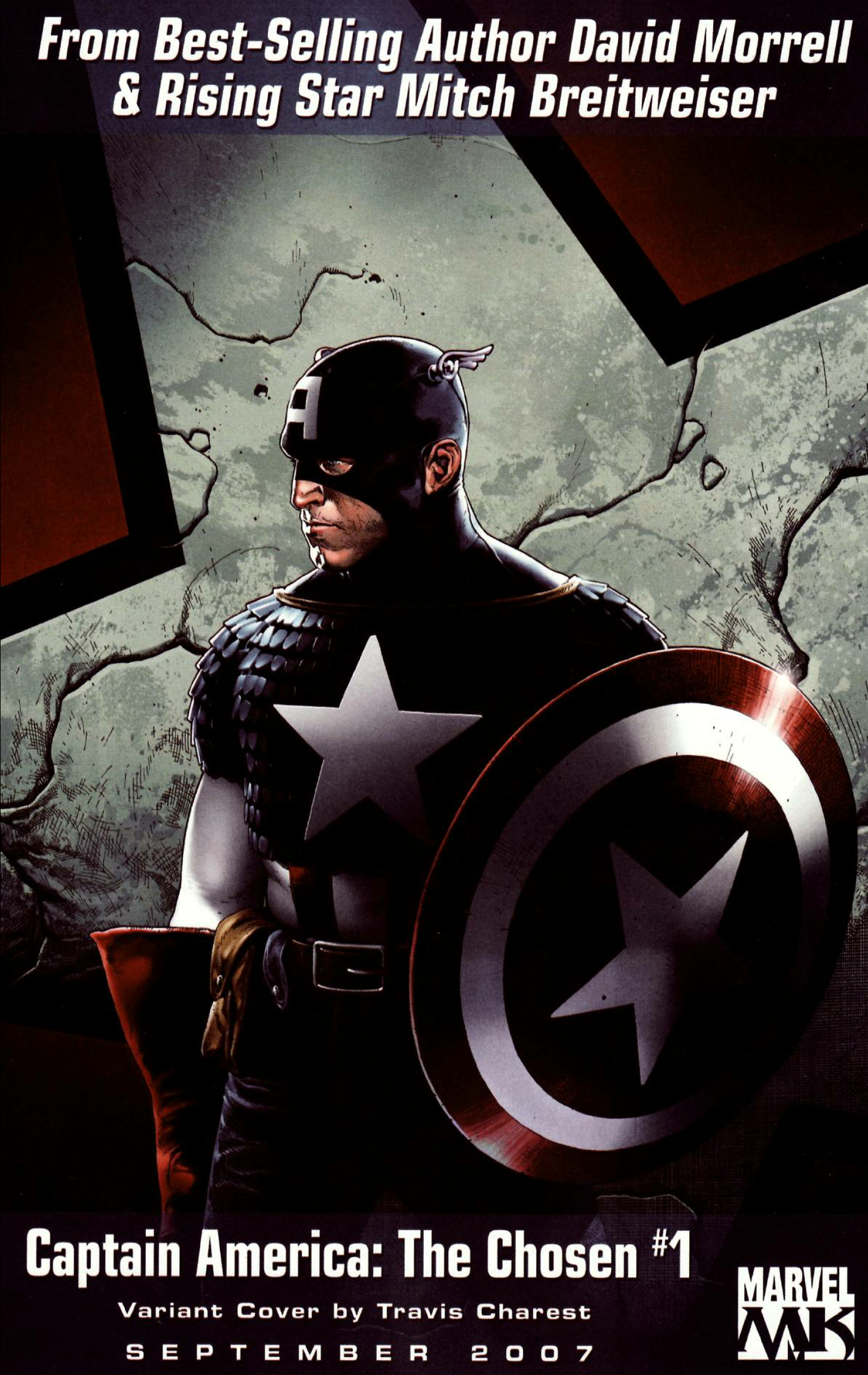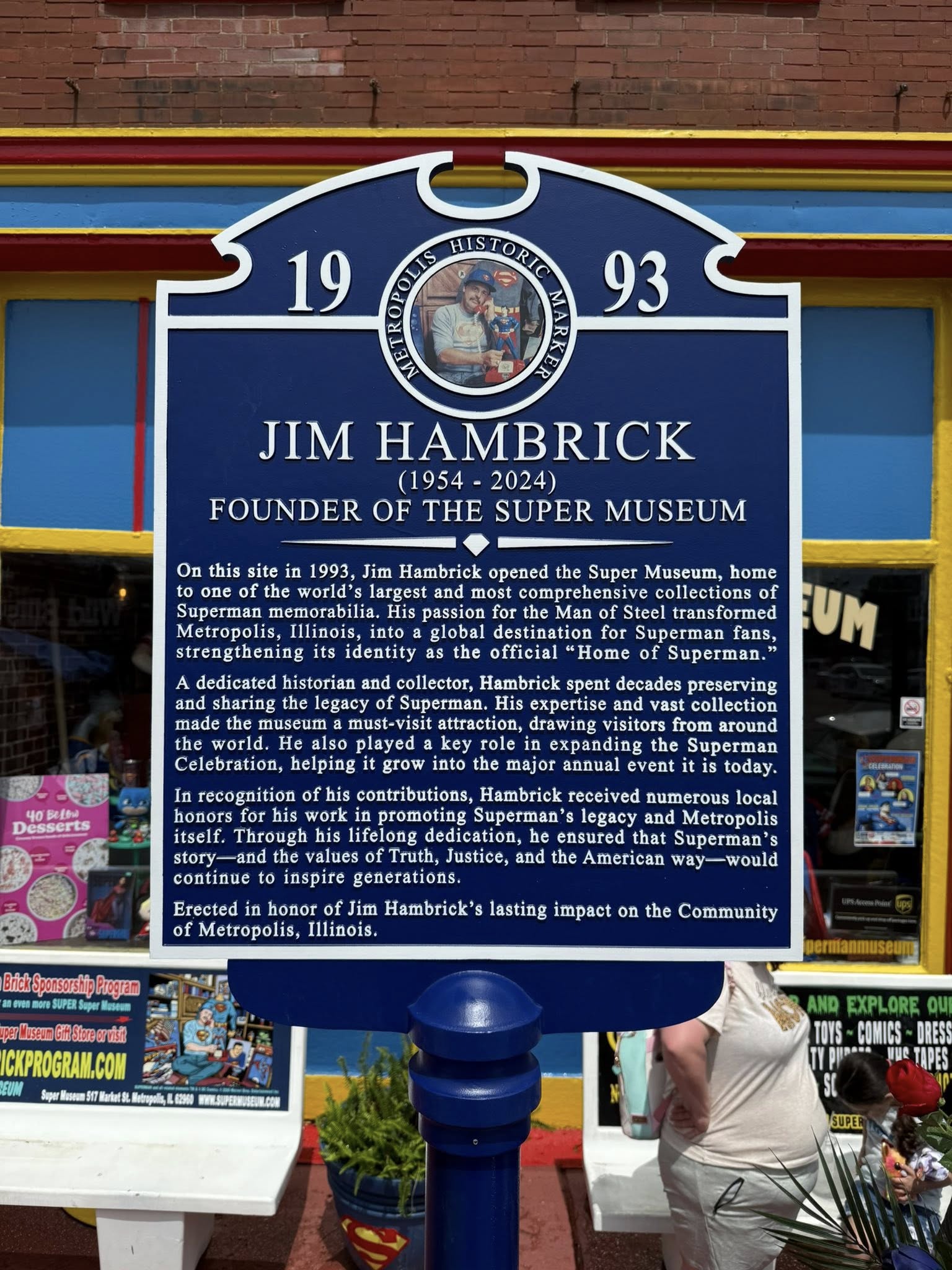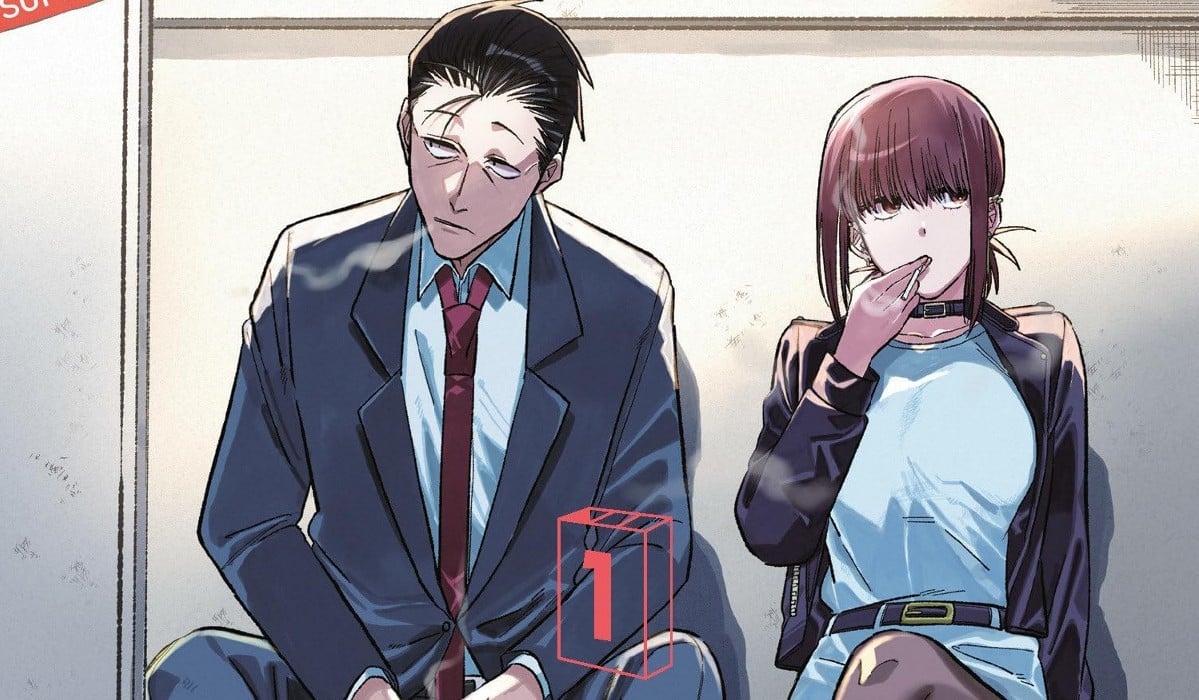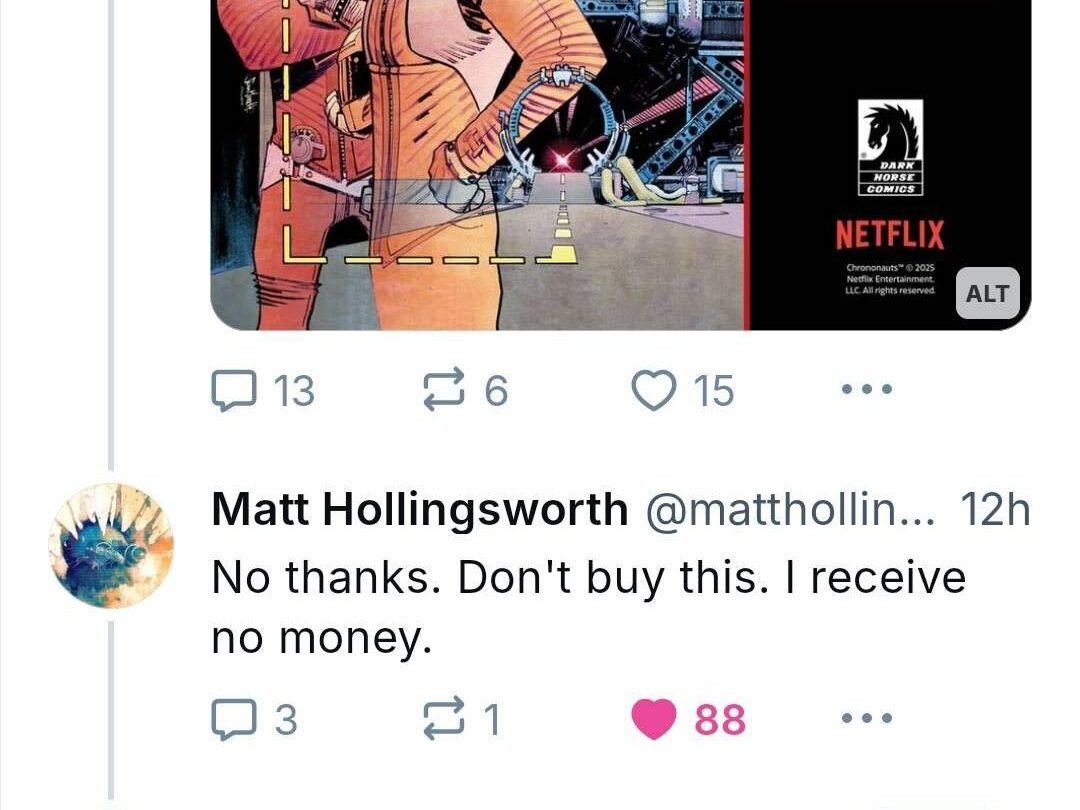Justice League of America #144 is particularly interesting for two reasons.
First, it addresses the passage of time in a way that, at least here in the 21st century, seems unusual for a superhero comic book.
Second, it is premised on the never before revealed story of the true creation of the Justice League, long concealed from the world and, indeed, even some of its own members. A literal secret origin, then.
The 33-page story, "The Origin of the Justice League--Minus One!", is written by Steve Englehart, pencilled by Dick Dillin and inked by Frank McLaughlin. In its framing sequence, Green Arrow is on the League's satellite headquarters, reading through a thick book labeled "Journal of the Justice League," as one does.
Apparently upset by what he has just read, he storms off to angrily confront Superman and Green Lantern Hal Jordan, who are playing cards, as Justice Leaguers do. How upset is GA? Well, Dillin draws an explosion of energy emanating from his head, which colorist Anthony Tollin has colored red.
What's got him so worked up? Well, he says that Hal has always maintained that he became a Green Lantern in September of 1959 (a date, an editorial box points out, that was chosen because that was the cover date of Hal's first appearance, in Showcase #22). And Green Arrow was told that the League was founded, "with you a large part of it", in February of 1959, which is seven months before Hal was even a superhero.
So what gives? Well, Superman and Hal solemntly lead Ollie to "the communications quadrant" of the satellite, seat him before a giant monitor (Green Arrow sits down while wearing his quivers on his back? Seems uncomfortable), and play him a tape of Martian Manhunter, who will tell the story that will dominate the rest of the book's 30 pages, when the heroes who would become the Justice League all met one another for the first time and decided to form a team...but to postpone doing so for six months or so.
"It wasn't you we feared-- It was the times!" J'onn says, addressing the camera.
But let's linger on those dates that Green Arrow rattled off, shall we?
This issue was released in 1977, and, presumably, the framing sequence is meant to be set in 1977 as well. If Hal became a GL in 1959, that means he has, at the point this story takes place, been superhero-ing for 18 years now (and the League has been around for that long as well...meaning the rest of its members are all at least 18 years into their careers already).
If we imagine that Hal was as young as, say, 20 when he became a Green Lantern, then that would mean he is 38 in this story...and, as we know, this was relatively early in Hal's career. It would be another decade or so before Crisis On Infinite Earths altered the timestream/DC continuity for the first time.
While those numbers work out for the purposes of this story as regards Hal and his Justice League peers, it's worth noting that Robin Dick Grayson appears in the flashback story, which, again, is set 18 years ago, in 1959. He was a teenager then. And, in 1977, he was still Robin and, apparently, still a teenager (He went away to college in 1969, though, at which point he must have been 18 or thereabouts.)
So, um, obviously that doesn't work.
That same editorial note that mentions how they came up with the month of Hal's Green Lantern origin, credited to "Julie" (who would, of course, be editor Julius Schwartz), also contains something of a disclaimer about the passage of time: "Remember-- We're dealing here with comic mag time! And comic heroes have their own ways to stop the clock and avoid aging!"
Dick Grayson especially, I guess.
As for the story, it is, for its first half or so, primarily a Martian Manhunter one. It begins with his origin, being brought to Earth by a device created by scientist Dr. Erdel, who almost immediately has a heart attack and dies, stranding J'onn.
He takes on the identity of John Jones, and becomes a police detective in Middletown, doing superhero work on the sly while trying to figure out Erdel's device in order to get back home. His life is upended with the arrival of a General Blanx and a gang of other White Martians (Who Green Arrow, and I suppose readers at the time, knew from the pages of JLoA #71).
J'onn, resuming his more familiar form of a half-naked green muscle man, is in the middle of battling the White Martians when The Flash arrives. J'onn tries to explain to Barry Allen that there's a difference between good Martians and bad Martians, but upon seeing the aliens, the locals all start to freak out.
The Flash tries to calm down the spreading mass hysteria, telling the gathering crowd that he will get someone everyone knows and trusts to head up the investigation: Superman.
He's never, at this point, actually met Superman though. Nevertheless, he runs to Metropolis and finds the Man of Steel, who is at present in the company of Batman and Robin. The four heroes return to Middletown, where they promptly meet Roy Raymond, TV detective.
"If we alert the nation, this story should generate a lot of help for you!" Raymond tells the heroes.
And it does. A turn of the page reveals a pretty spectacular splash, filled with the 30 heroes promised on the cover: Wonder Woman, Aquaman, The Blackhawks, The Challengers of the Unknown, The Vigilante Greg Saunders, the original Robotman Robert Crane, Congo Bill "with the amazing Congorilla", Plastic Man and Rex the Wonder Dog. (Do dogs watch TV...? How did Rex know what was going on, and how did he get himself to Middletown...? Well, I he is a wonder dog, I guess).
Oh, and also Lois Lane and Jimmy Olsen, introduced as if they too were superheroes.
Now, even after all these years, I still haven't integrated a deep enough knowledge of DC Comics/DCU history to know this for certain, but I suspect this particular gathering is meant to represent all of—or at least most of—the DC Comics heroes who had their own books or regular features in early 1959, or perhaps those that could have conceivably been around then...excluding the various heroes who were already established as occupying other Earths in the DC multiverse, like the Justice Society and other Golden Age characters of Earth-Two, or the Fawcett characters like Captain Marvel and company, assigned to Earth-S. (A pair of other heroes from that time will turn up in the course of the story; just wait.)
That said, the inclusion of Plastic Man and the Blackhawks is curious.
They all came from Quality Comics, the Golden Age adventures of which were apparently set on a theoretical "Earth-Quality" and, in 1973's Len Wein-written JLoA #107, a Nazi-ruled Earth-X occupied by the various Quality heroes (Plas and the Blackhawks appear in that issue, but only in flashback).
I haven't similarly tracked the Blackhawks, but DC launched an ongoing Plastic Man comic in 1966, which was presumably set on Earth-One with the majority of the DC Comics line (although I have read that the series, like several other comedic DC comics, was set on an Earth-Twelve...?). And then there are Plas' various Brave and The Bold appearances, of which there were three prior to this issue of JLoA, to deal with.
I guess there are, therefore, at least three, possibly four Plastic Mean in the DC Multiverse, then...? (The original of Earth-Quality, an alternate one from Earth-X, that of Earth-One and possibly an Earth-Twelve Plas.)
One can see why DC felt a multiverse streamlining crisis was needed about a decade later.
Anyway, this massive assemblage of heroes broke up into three smaller teams. Plastic Man, The Blackhawks and Jimmy Olsen followed one lead, which lead them to almost encounter Rip Hunter. Robotman, Vigilante, The Challs, Lois Lane and Congo Bill and Congorilla followed another, which lead them to almost encounter Adam Strange. And, finally, the heroes who would eventually form the Justice League, along with Raymond, Robin and Rex, followed another, which lead them to Ferris Air test pilot Hal Jordan, and the Martians.
After a brief battle, the heroes defeat the White Martians, rescue the green one and plan future public relations. J'onn decides to stay on Earth, which he has come to love, and which he believes, in his words, needs a Manhunter from Mars.
Given the anti-Martian hysteria of the previous pages, though, Aquaman suggests J'onn allow for a six-month cool-off period before coming out, and Wonder Woman adds that, when he does, "it could be with the backing of all of us".
"You know, we ought to form a club, or society...!" Superman suggests. While Batman says he's not much of a joiner, Flash argues the point: "But Batman-- A league against evil! Our purpose would be to uphold justice against whatever threatens it!"
And so it's decided that these heroes would form a league to uphold justice in six months' time...Hal Jordan and Roy Raymond, who were present for the discussion, both swearing secrecy.
The eventual line-up of the Justice League, this story suggests, seems to have been determined by who just so happened to be on the team that followed one of the three leads in this adventure. Had the team's divided up slightly differently, Plastic Man or Robotman or Congorilla or Vigilante could have ended up on the team. (Of course, Plastic Man would eventually join the team, in 1997's JLA #5, and Congorilla would join around 2010's Justice League of America #41 or so, after appearing in the troubled 2009 miniseries Justice League: Cry for Justice. As for Vig, he never made it into a comics League, but he was an unlikely inclusion on 2004-2006's cartoon Justice League Unlimited's massive line-up).
Of course, the book doesn't explain why Robin wouldn't be offered membership, or, for that matter, Rex, who found the Martians in the first place...
I guess the Justice League must have put a "No Dogs Allowed" sign in front of their Happy Harbor headquarters...?
(If you would like to read the issue for yourself, it looks like it's been collected twice before, in 2018's Justice League of America: The Bronze Age Omnibus Vol. 2 and in 2020's Justice League of America: A Celebration of 60 Years, the latter of which is where I read it. I'm hopeful DC will collect the issue, and most of the Satellite Era, in future volumes of their DC Finest series, though...)






















 English (US) ·
English (US) ·